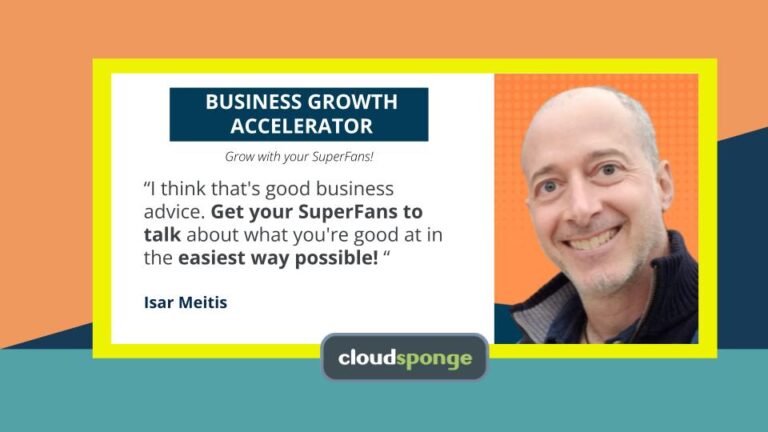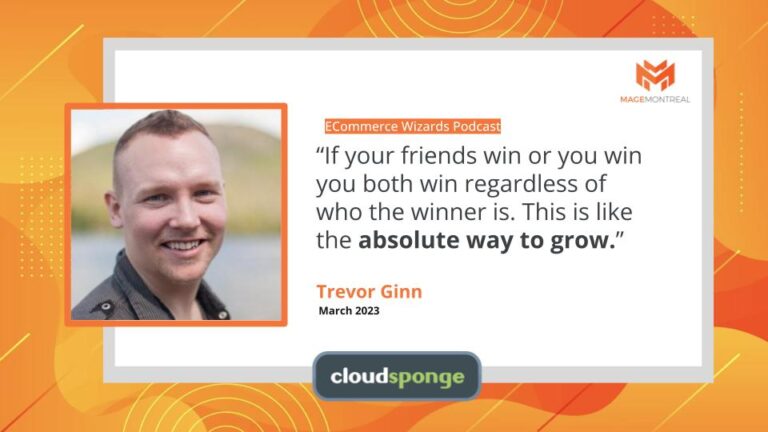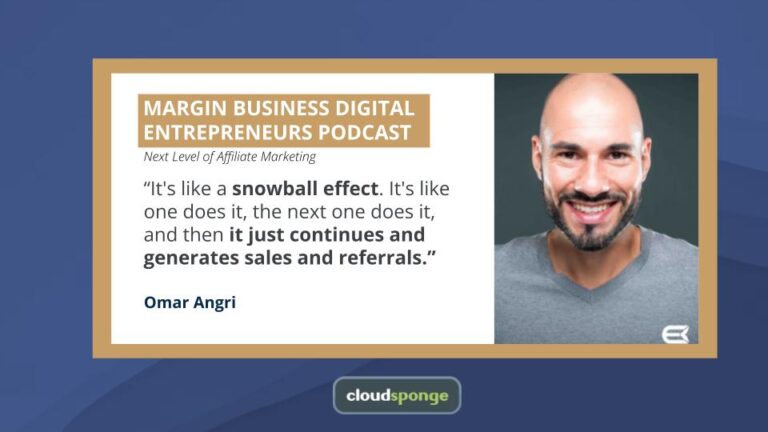Can you guess the biggest challenge companies face with referral programs?
They cannot influence who receives their referral messages and when.
Think about it. You can’t force existing customers to invite only the people matching your ideal user profile.
And you couldn’t tell them to refer you on specific days of the week either.
Luckily, you can still ensure that only the most relevant referral recipients respond to the message.
How, by using audience targeting in your referral email.
And in this post, I’ll not only discuss this idea further. I’ll also show you how one company – Hired.com – uses audience targeting to improve their email’s relevancy.
(Note, we’ve also analyzed their entire referral program. You can read it here.)
Intrigued? Then let’s get right to it.
Skip the queue and empower your customers to share about you,
Find out how with The Better Sharing Workbook!
Why Audience Targeting is so Critical for Referral Programs
Those digital marketers have it so darn easy, don’t they?
Their audience insights are better than ever. With all that data at their disposal and the sophisticated targeting options, the success of their efforts is almost guaranteed.
(Unless they mess the campaign up cordially, of course.)
You, on the other hand, are in a much tighter spot.
As I mentioned already, you have no influence over who receives your referral message whatsoever.
In fact, the only two things you can control are: the message and referral channels.
Which, let’s be honest, is hardly enough to guarantee a campaign’s success, right?
You face another, related challenge too.
With the rise of personalization in other marketing channels comes the need for greater relevance.
In fact, recipients of your marketing message won’t respond to anything they feel doesn’t match their preferences entirely.
For one, they’ve been flooded with marketing messages for long enough to develop such defense mechanisms.
For example, according to the New York Times, on average, we see up to 5000 ads per day. Although it’s worth to note, they refer to all types of advertising in this study, online and offline.
Another data, from StopAd adblocker, claims that its users block 200 ads a day on Windows desktop machines alone.
Similarly, MediaPost highlights that out of 1.84 hours we spend exposed to different brands a day, 1.59, or 86%, happens through advertising.

Numbers like that suggest why customers develop skepticism towards marketing messages. Skepticism they translate to your referral emails too.
To overcome such a challenge, your referral message must communicate your product or service’s relevance to a recipient’s interests, needs, and pain points.
And combined, both issues bring us to this…
To ensure that your referral message hits home AND attracts the target audience, you need to make it as relevant to them as possible.
Here’s how.
How to Target the Right Audience and Communicate Relevance in a Referral Email
Bad news.
There is not a single element in your email that could help you communicate relevance.
You have to optimize the entire message for that purpose.
Your subject line must engage a reader. It must confirm that your email is for them. And also, entice them to read more.
And it’s quite a task. Just take a look at this inbox…

The entire message must be relevant to the person’s needs too. Everything you say there must tell her that this email indeed delivers value.
The language you use must match how she speaks. And any actions you ask her to do must relate to the reason why she’d even consider checking out your offering.
Tricky? Here’s an example showing how to do it right.
How Hired.com Communicates Relevance in Their Referral Email
To me, Hired.com managed to do the impossible. They created a short email that meets all of the above criteria and more.
Here, let me show you.

And here’s why it works.
#1. It Boasts a Personal Subject Line
The first thing you see is a clever subject line revealing critical information to a reader:
- What is it – A recommendation,
- For what – Hired.com. And yes, even if a reader hasn’t heard about it, the curiosity might take over.
- From whom – Note how the line includes a sender’s name, increasing the email’s relevance cleverly.
As a result, the headline intrigues a reader while putting their skepticism at ease. It comes from someone they know.
#2. It Refers to the Recipient Directly
You know:
According to various research, we develop a connection with anyone referring to us by our name.
For example, a study by The Institute for the Study of Child Development reveals that hearing or seeing our names in print activates prefrontal cortex, middle and superior temporal cortex, and cuneus areas in our brains. The three are responsible for the formation of personality and visual processing.
But here’s the catch. For the above to happen, we don’t always have to hear our name. The word “you” can act as a worthy substitute.
Now take a look at the Hired’s email. From the subject line to email’s body, the company refers to the reader directly.
They say:
- “Sheana recommended you for Hired.”
- “Hired is a talent-matching platform where companies apply to hire you.”
And so on.
Since even a single word has the power to influence our emotions, stress or happiness, the effect of including the most powerful one so often must be enormous.
#3. Referencing Available Opportunities
The email’s opening line makes it clear what Hired does. It says:
“Hired is a talent matching platform where companies apply to hire you.”
But the company goes further and communicates clearly who benefits from their service the most. Take a look:
“We help people like you find new opportunities in engineering, product management, data science and design…”
There really is no mystery whether this email is for the recipient or not, right?
But the company goes even further. The line above ends with:
“… in 17 cities around the world.”
Now, granted, they don’t list those locations. But they clearly indicate that they focus on large areas worldwide.
Again, if that doesn’t describe where you look for a job, the message isn’t for you.
#4. Acknowledging How Busy Their Audience Is
Finally, the email makes a powerful assumption about its target audience.
It assumes they’re busy. Ridiculously busy, in fact.
And it follows this belief with a simple solution:
A quick overview reassuring the person how little it takes to come onboard with Hired.

In three short lines, the company puts a potential candidate’s mind at rest. They won’t have to do much to initiate the hiring process.
And, they might even get a bonus for doing so.
Conclusion
Only by making your referral email relevant to your specific target audience’s needs, you can:
- Attract the right people to your brand.
- Avoid unnecessary costs associated with low-quality signups,
- Increase the user or customer base quickly.
And hopefully, after reading this email, you have a good idea how to communicate that relevance in your referral program.
Good luck.



